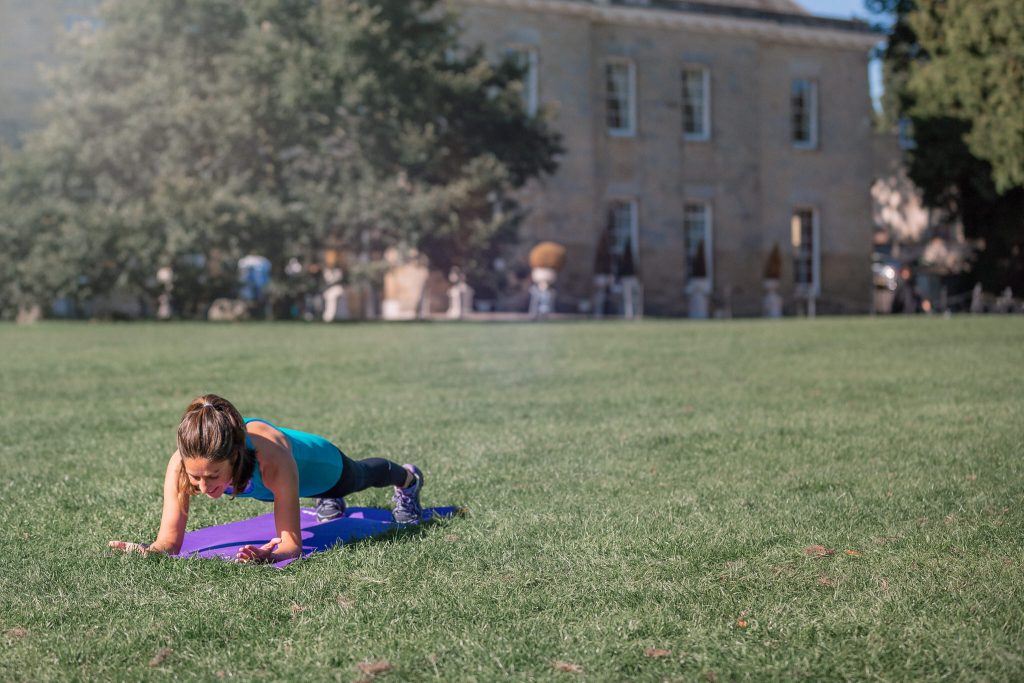Are you engaging your core correctly?
Core stability is key in functional movement integral for everyday healthy movement and performance. But do you really know what engagement means?

‘Engage that core!’ a common instruction from personal trainers, pilates teachers and fitness class leaders the world over. But what does that actually mean and why is it important?
The core is composed of 35 different muscle groups, working as a stabiliser for the entire body. And this is why it is SO important to get engagement correct.
Improves Posture
Engaging your core when running helps you to maintain good posture, reducing pressure on the spine. Weak and inflexible core muscles will affect how your arms and legs function, resulting in less power and efficiency.
Prevents Injury
Injuries can often be a result of weak core muscles, even if the injury is in your back, foot or even stress fractures.
Strong core muscles are the foundations of a fit and healthy body that can cope with the demands placed on it through training. Without a strong core, undue additional pressure is put on other parts of the body causing damage.
Pelvic Floor Power
Pelvic floor muscles form the base of the core, working with the deep abdominal, back and diaphragm to support the spine. Just like any other muscle, the pelvic floor muscles can be overstretched, tight or torn, which can be a result of pregnancy, childbirth as well as repeated lifting and high impact exercise (check out our Postnatal Foundations for Performance programme).
Issues with the pelvic floor muscles can also be aggravated in the lead up to the menopause resulting in less elasticity and incontinence. Build the core and you can prevent many of these issues.
So Just How Do You Engage That Core?
GRTW founder and head coach, Rachael Woolston, shows you how
If you want to gain a lean, strong core, don’t miss our 30 Day Core Challenge Online Challenge Ten minutes per day, do it anytime, anywhere.